6 bridges in almost 2 centuries: How we've crossed the river between Chenango and Fenton
Long ago, when I was thinking about the name for this column, I came up with the name Spanning Time. It seemed an appropriate moniker for a column that told stories about how the streams of history have flowed through the ages and are connected at a point of time by spans that connect us all. The same thing can be said about the many bridges that exist or have existed throughout our region.
Each of these spans connect two points of land, and, in some cases, two different municipalities or communities. Each bridge tells a story – of the people who wanted a span at that location, of the need for better transportation, of the movement of people and goods in and out of communities and how all this led to the present day.
Recently, a friend asked if I knew how many bridges had existed across the Chenango River near the present-day Chenango Valley High School. Both of us had grown up in the area, and my guess (as was his) was that there had been three bridges near that location. Boy, were we wrong.
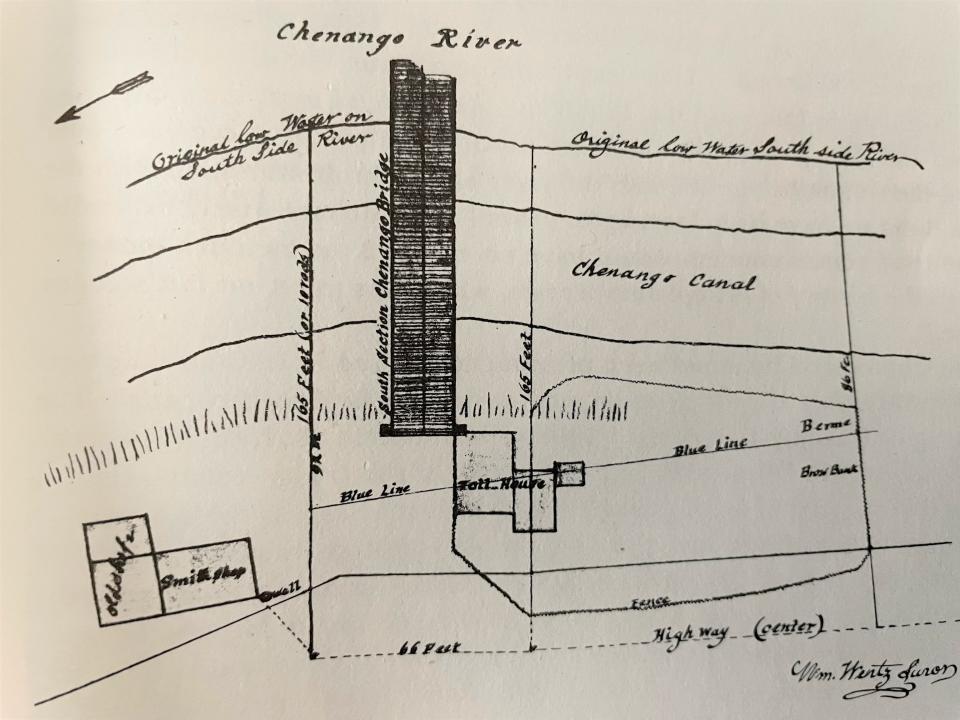
This location – whether you call it the Chenango Valley Bridge, the Route 12A Bridge – or just the bridge from the Town of Fenton to the Town of Chenango – had been a vital location from the early 1800s. The state had authorized a toll bridge across that point in 1829, but construction did not begin until 1831. But it seemed to have ended before completion. In 1835, the Chenango Canal Bridge Company was formed as the new span now had to cross both the Chenango River and the Chenango Canal under construction.
Shopping:Why is Wegmans carrying more of its own products, and what do customers think?
For subscribers:Ice cream and hot dog shop to open next to 'castle house' on Route 26: What to know
More history:How George F. Johnson's Square Deal was affirmed in the Triple Cities
Many of the partners of this new project were also involved with the Chenango River Bridge (now the Court Street Bridge) in Binghamton. The new bridge opened in 1836, but being made of wood, did not last long. The state required a new bridge built to replace the decaying first bridge, and this second bridge was completed in 1849. This was also a toll bridge with the toll house located on the Fenton side of the river.
In 1870, the state authorized the Chenango Canal Bridge Company to transfer its assets and holdings to the towns of Fenton and Chenango, as the days of toll bridges ended. While the bridge was now free, its days were numbered. It was condemned and closed in 1875, and on February 13, 1886, an ice jam broke the bridge apart. A third bridge was built, with a shorter span since the canal was closed and made of iron in 1887.
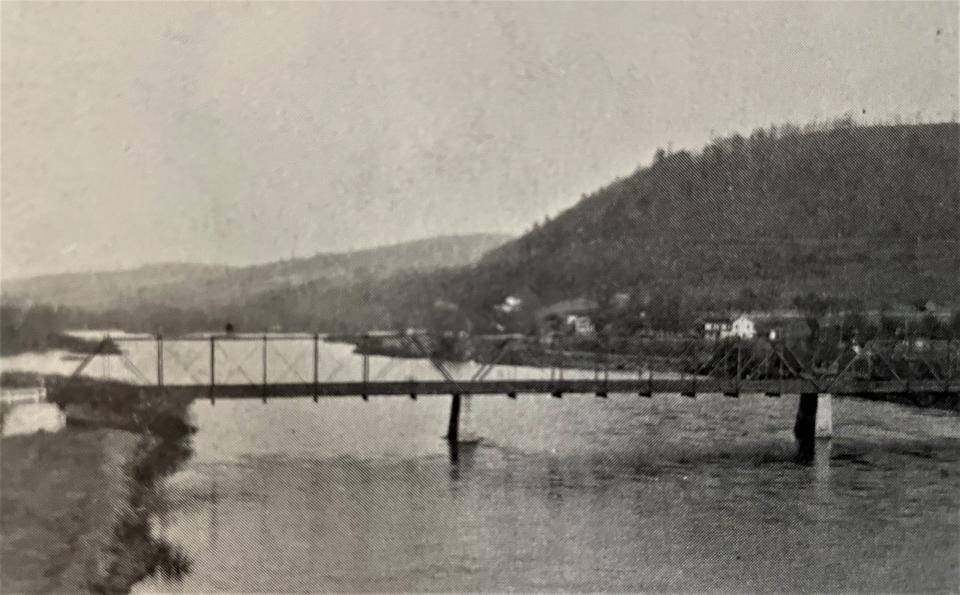
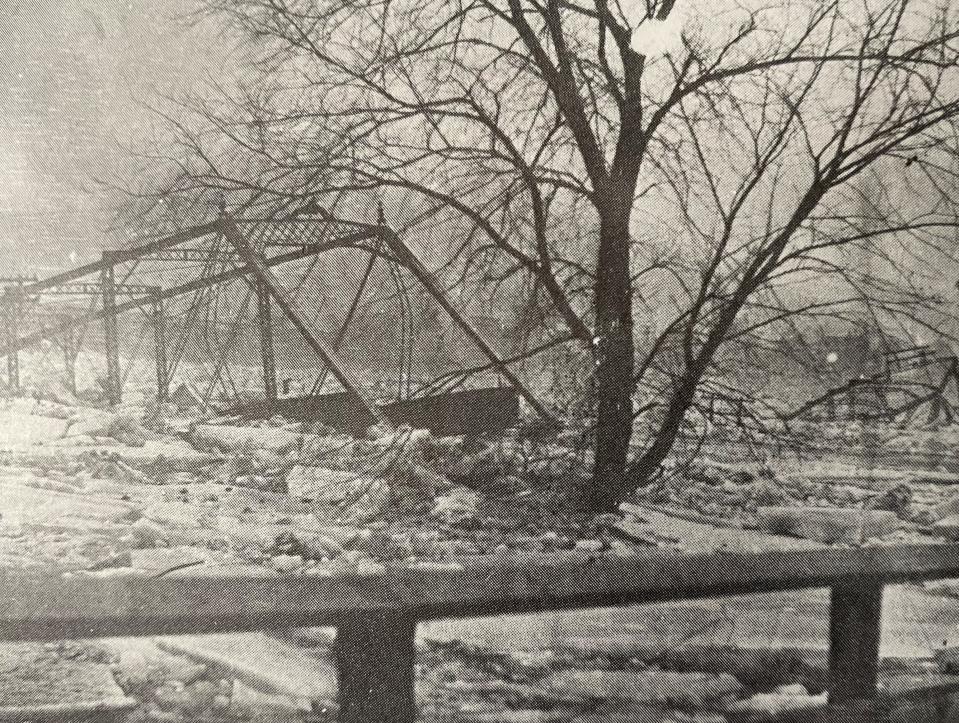
This bridge would last until March 1, 1910 when it was destroyed by a spring flood and rush of ice. The fourth bridge was constructed between 1911-1912 at a cost of $17,000 – born by the residents of both towns. This bridge lasted longer than any of its predecessors – finally being replaced with the bridge that many area residents remember. This fifth bridge was constructed at a cost of $643,000 and opened on October 22, 1957 as the Chenango Valley Bridge.
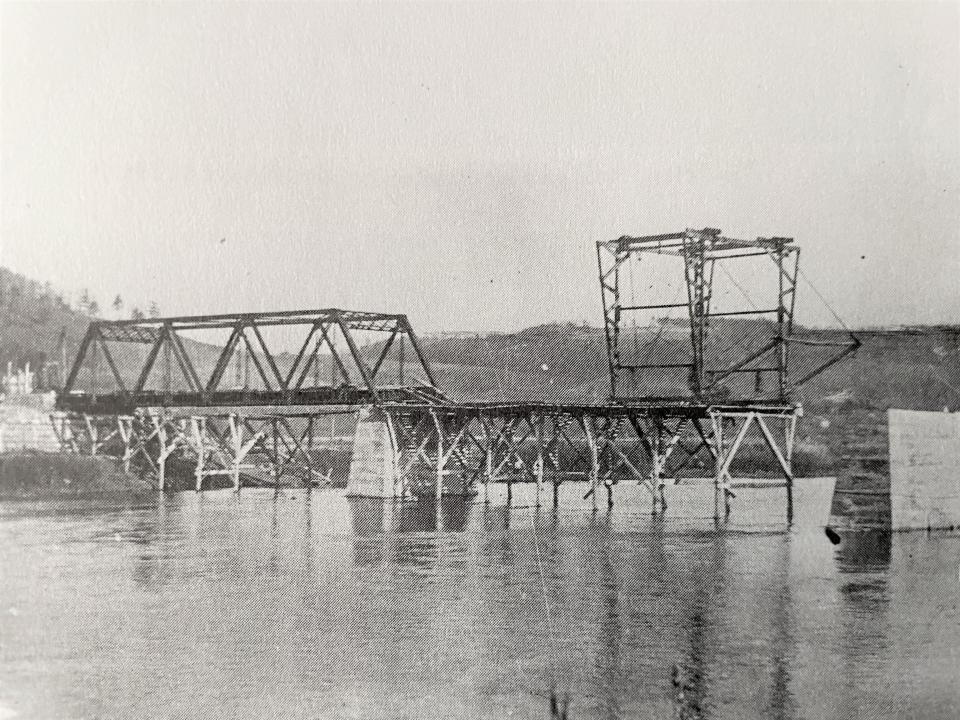
Well, one more time for good measure. When the construction of Interstate 88 began in the 1980s, a series of connectors was planned, and a new bridge for this location was planned. It would be the sixth bridge at this location, and was completed in 1989. The new Route12A bridge now rose higher and farther north than the previous bridges – but continued to connect the people of these two towns and two school districts. Imagine, six bridges at one small location – spanning two centuries and many generations of residents. They, indeed, spanned time.
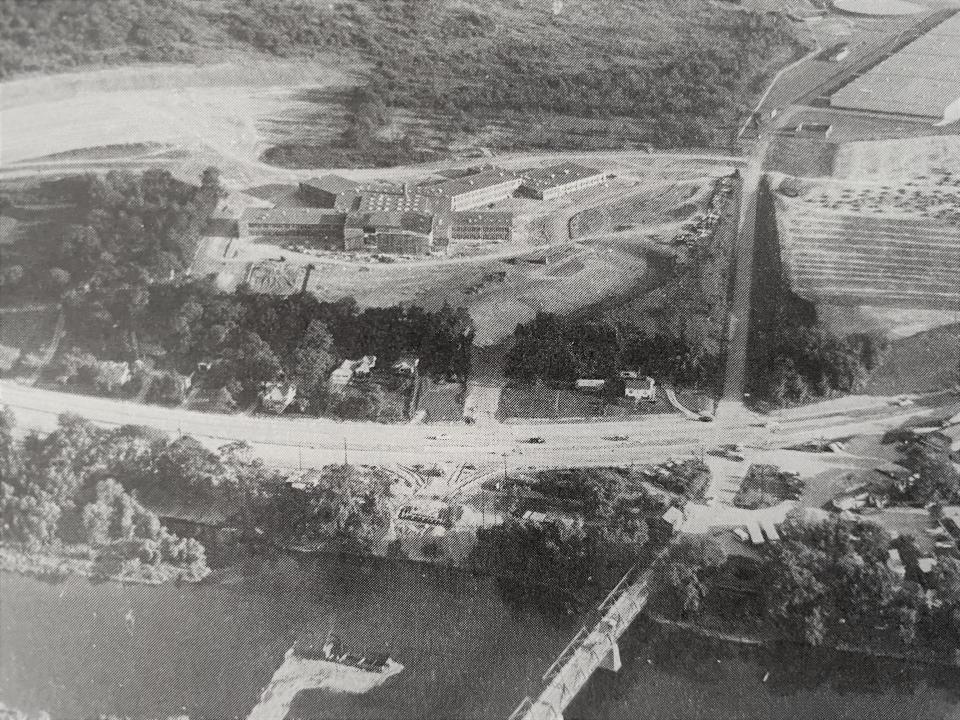
Please excuse one more shameless self-promotion. This writer will be teaching Broome County History for SUNY Broome’s Continuing Education. The course will be held on 6-8 p.m. Wednesdays beginning April 12 until May 10. We cover from prehistory to the present time through a series of PowerPoint lectures. The course costs $89 per person, and, if interested, you can read about the course and register by going to www2.sunybroome.edu/conted. Select the button for the catalog and go to the personal enrichment listings.
I hope to see many of you in the classroom.
Gerald Smith is a former Broome County historian. Email him at historysmiths@stny.rr.com.
This article originally appeared on Binghamton Press & Sun-Bulletin: Chenango Bridge has had 6 key bridges in almost 2 centuries

